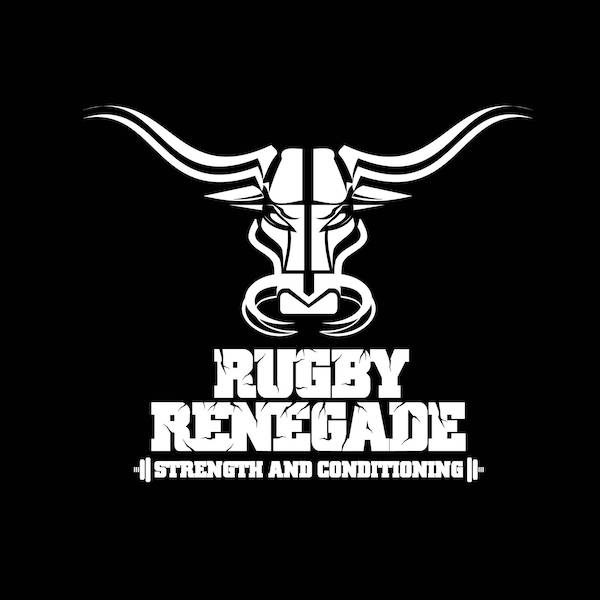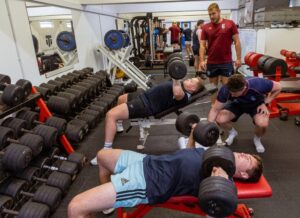In this article we will focus on the common issue of acute patella tendinopathy in rugby union and rugby sevens athletes.
Rugby athletes reading this please remember that tendinopathy is a complex condition. If you have a tendinopathy, we highly recommend seeing a Chartered Physiotherapist or a Sports and Exercise Medicine Physician for further advice specific to your case.
Despite recent advances in research from subject leaders (such as Professor Jill Cook, Professor Håkan Alfredson and Dr Dylan Morrisey), tendinopathy rehab remains in its early days. Although there may be plenty of documented articles into the theory, there remains plenty of scope for more high quality studies into the effective treatment of tendinopathy issues.
Keep your eyes peeled for part 2 & part 3 where we will cover management of the chronic tendon and mobility for the management and prevention of patella tendinopathy…
Managing an acute tendinopathy
The first aim when managing acute tendinopathy is often to reduce pain. Generally this is when the tendon swells in response to a sudden increase in load (often during large spikes in load due to old school pre-season 10x400m floggings!! Not good!!)…
The key to reducing pain in the acute stage is to manage the load exerted on the tendon. For example with a patella tendinopathy we advise avoiding activities that place a compressive load on the tendon – such as deep squats. In addition, it is advised that you avoid repeated high intensity, high volume running sessions. The simple message is that by reducing the speed and volume of your running sessions, you can modify or reduce the load on the tendon.
As there are many treatment options, a key goal in tendinopathy rehab is improving the capacity of the tendon and muscle to cope with greater load. Muscles and tendons function together to absorb load as one musculo-tendinous unit… It’s not solely about the tendon.
Recent trends in managing acute tendinopathy have shown anecdotally, that Isometric strengthening exercises can help to reduce pain in an acute reactive tendinopathy. It has been observed that long duration contractions, with 25-50% of 1RM weight can have an optimal pain relieving effect.
From the research we recommend the following isometric strengthening session for an acute patella tendinopathy…
| Exercise | Reps | Tempo | Weight |
| Isometric leg press | 5 | 40-60s Holds | 25-50% 1RM |
| Isometric split squat | 5 | 40-60s Holds | 25-50% 1RM |
Isometric exercises can be used 2-3 times a day, maintaining 40-60 s holds, for 4-5 reps. Please note for very sore tendons, exercises using both legs are recommended at the lower end of your 1RM. These exercises should be done in a position where there is reduced tendon compression, usually in the mid-range of the muscle as shown in the demonstration videos below…
Isometric Leg Press
Isometric Split Squat
Keep your eyes peeled for part 2 & part 3 where we will cover management of the chronic tendon and mobility for the management and prevention of patella tendinopathy…

Dan Jones
Physiotherapist
@PhysioCardiff




